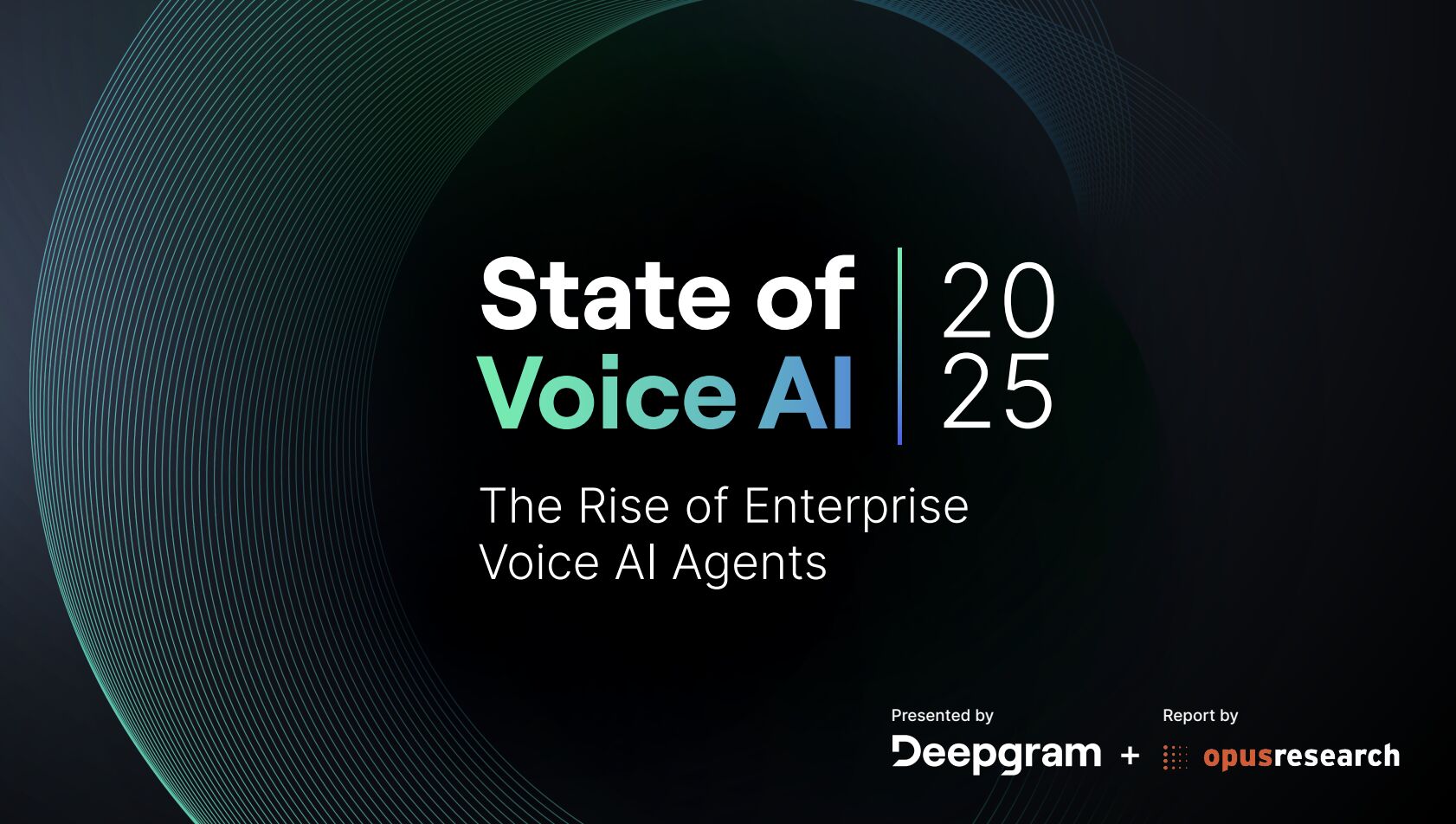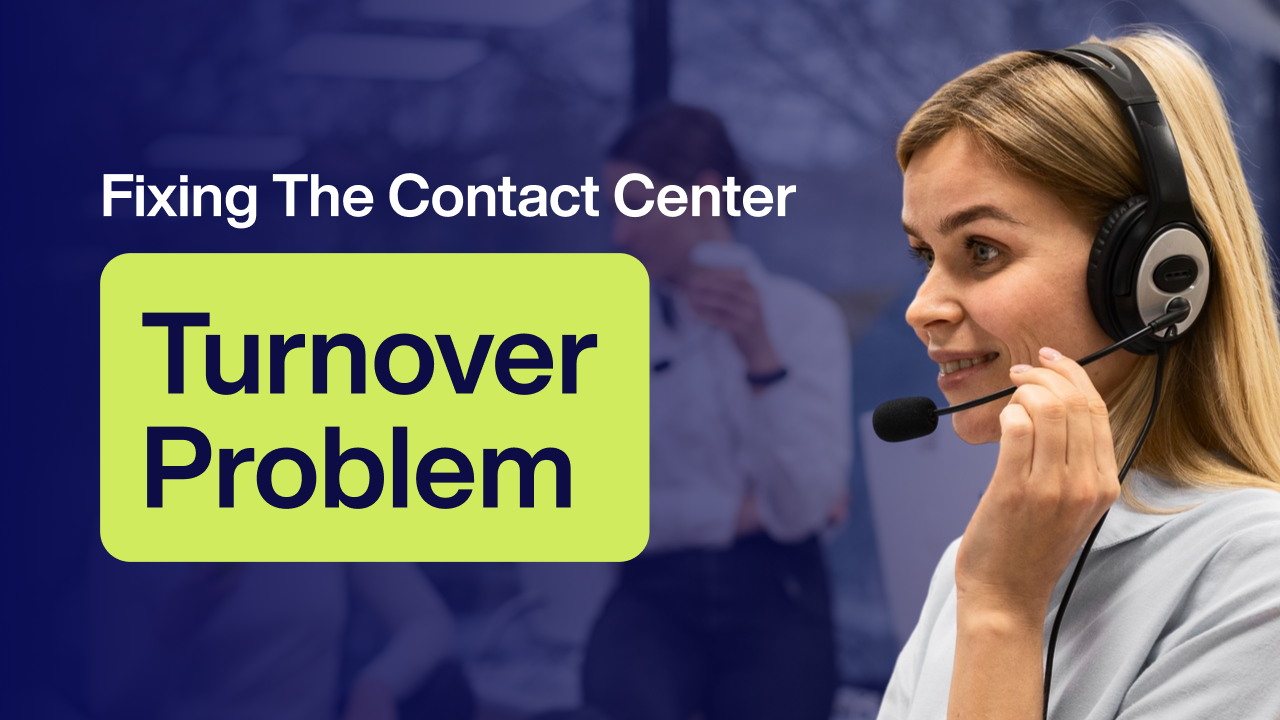The Handoff Moment: Where AI-Human Partnerships Make or Break
.png)
The Most Critical 30 Seconds in Customer Service
The moment when AI transfers a customer to a human agent determines whether your hybrid strategy succeeds or fails.
Get it right, and customers feel supported throughout their journey. Get it wrong, and customers feel like they're starting over—frustrated, repeating themselves, and questioning why they dealt with AI in the first place.
Most companies focus on AI capabilities and human training. But the handoff moment is where the magic happens or everything falls apart.
The Psychology of Seamless Transitions
Customer Expectations During Handoffs
When customers get transferred from AI to humans, they expect three things:
- The human knows what already happened
- They don't have to repeat their problem
- The solution process continues smoothly
The Frustration Triggers
Nothing destroys customer confidence faster than:
- "Let me start by getting some information from you..."
- "Can you tell me what you've already tried?"
- "I see you were chatting with our AI system..."
These phrases signal that the handoff failed. The customer realizes they're starting over.
Building Trust Through Continuity
Successful handoffs feel like natural conversation flow. The human agent references what AI already learned and builds on that foundation. Customers feel heard and understood rather than transferred and forgotten.
Technical Requirements for Smooth Handoffs
Context Preservation
The technical foundation requires complete information transfer:
- Full conversation history
- Customer identification and account details
- Actions AI already attempted
- Relevant system information and error messages
Real-Time Data Sharing
Effective handoffs happen instantly. Human agents need AI insights immediately available on their screens before they greet the customer.
Integration Architecture
Smooth handoffs require deep integration between AI platforms and human agent systems. Surface-level connections create gaps where context gets lost.
When Handoffs Work
The Prepared Agent Approach
The best handoffs start before the human speaks. When a customer gets transferred, the agent already knows:
- Why the customer contacted support
- What troubleshooting steps AI completed
- What information the customer provided
- What solutions didn't work
Seamless Conversation Flow
Successful handoffs sound like this: "Hi, I can see you've been working on getting your account access restored. Our system shows we've verified your identity and reset your password, but you're still having trouble logging in. Let me check a few additional settings that might be causing this issue."
The customer feels heard and understands the agent is building on previous work rather than starting over.
When Handoffs Fail
The Information Gap
Failed handoffs create obvious disconnects:
- Agents ask for information customers already provided
- Previous troubleshooting gets repeated unnecessarily
- Customers feel like AI time was wasted
The Restart Problem
Poor handoffs make customers feel like they're calling a completely different company. The conversation restart signals that AI and human teams don't communicate effectively.
Customer Confidence Erosion
When handoffs fail repeatedly, customers lose trust in the entire support system. They start avoiding AI channels or demanding human agents immediately.
Industry Examples
Financial Services Success
Credit unions with effective handoffs enable AI to handle account verification and basic troubleshooting. When complex issues require human expertise, agents receive complete context about account history, previous interactions, and attempted solutions. Customers experience continuous service rather than departmental transfers.
Healthcare Challenges
Healthcare organizations often struggle with handoffs because patient privacy requirements complicate information sharing between AI and human systems. Successful implementations carefully balance context preservation with compliance requirements.
E-commerce Excellence
Retail companies excel at handoffs for order issues. AI gathers order details, tracks shipping status, and identifies potential problems. Human agents receive this context instantly and can focus on solutions rather than information gathering.
Building Better Handoffs
Design for Context
Plan handoffs during system design, not as an afterthought. Consider what information humans need and how AI can provide it effectively.
Test the Transition
Evaluate handoffs from the customer perspective. Does the conversation flow naturally? Do agents have sufficient context? Can customers tell when they've been transferred?
Train for Continuity
Human agents need specific training on building from AI interactions rather than restarting conversations. This requires both technical skills and communication approaches.
The Competitive Advantage
Companies mastering seamless handoffs gain significant advantages over competitors with clunky AI-to-human transitions. Customers prefer organizations where support feels unified rather than departmentalized.
The handoff moment reveals whether your AI-human partnership is truly integrated or just two separate systems loosely connected.
Ready to optimize your AI-to-human handoffs?
EGS helps organizations design seamless transition experiences that build customer confidence throughout the support journey.
No Spam —
Just Good Stuff.
Join our newsletter for actionable advice, insider knowledge, and strategies that drive real results.
No fluff, just value.
%20(1).png)

.png)
























































.png)
.png)
.png)



.png)
.png)
.png)
.png)
.png)
.png)
.png)
.png)
.png)
.png)
.png)
.png)
.png)
.png)
.png)





















